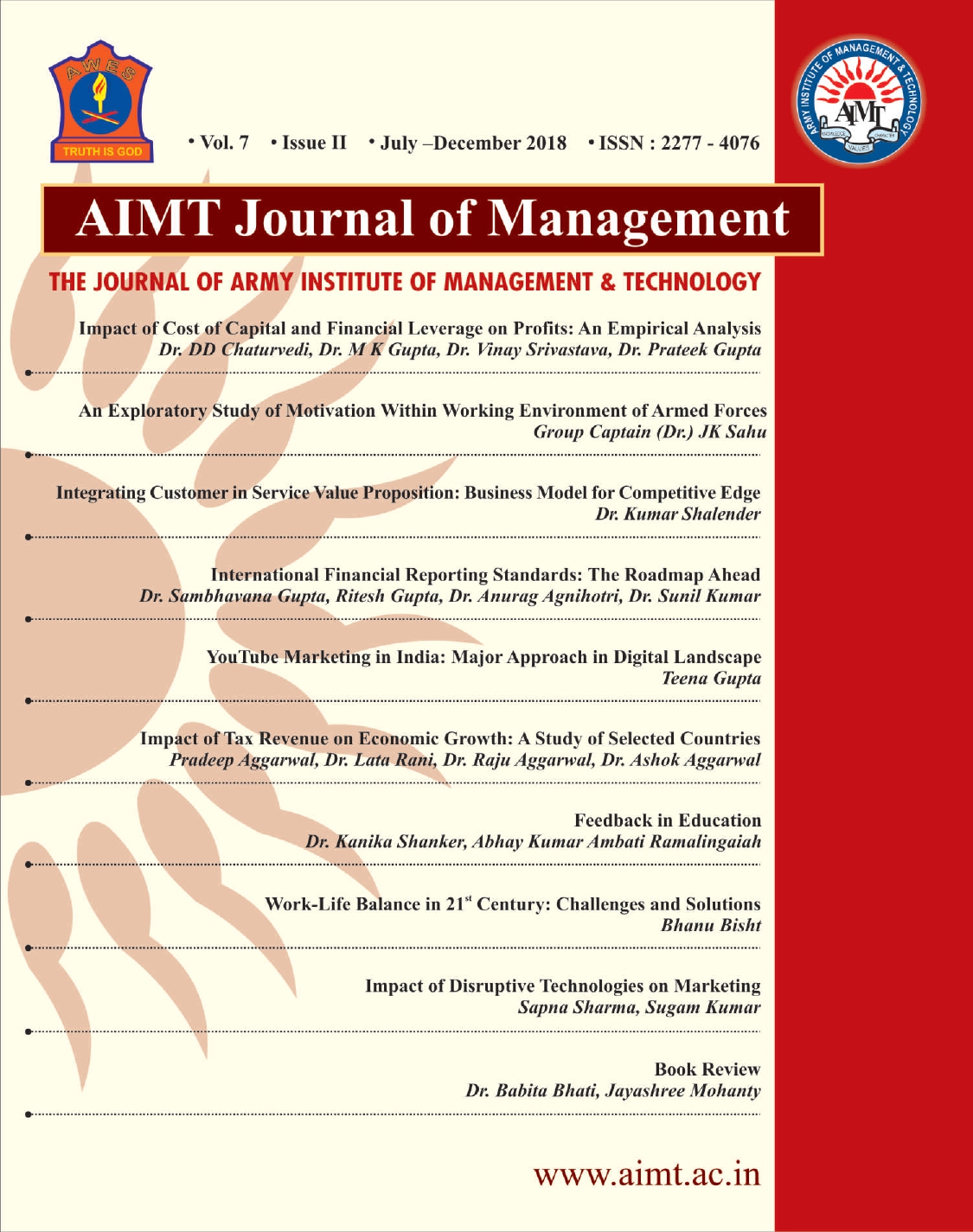Work-Life Balance in 21 Century: Challenges and Solutions
Abstract
The highly competitive globalized environment results in increase in job pressure which lead to distract work life balances among the employees. Employee job satisfaction and retention linked not only with financial constraints. Apart from that there is consequent intention in leaving the organization was employees struggle between their work and life. Through experiencing greater work-life balance, individuals report feeling better in general (e.g., greater job and life satisfaction) and tend to behave in favorable ways (e.g., lower turnover and absenteeism).
Historically, the influx of women in the workplace jumpstarted research into how female employees could successfully care for families while working, but today work-life balance is discussed with respect to multiple affected groups (e.g., men, single parents). In the modern era of technology and convenience, organizations have begun to provide their employees with helpful ways to balance their work and non-work roles through benefits like flexible work hours, telecommuting, and so on. However, offering these benefits is not enough; the organization and management must stand behind its promotion of healthy work-life balance for employees by creating a culture as such and designing policies that support this initiative. Otherwise, employees feel pressure to continuously work, which can be perpetuated by mobile devices and constant accessibility of the internet that allows employees to transport a workstation wherever they go.
This research paper explores the work life balance practices and its impact towards employee job satisfaction and perception on work life balance. It delivers an analysis of the antecedents to work-life conflict and family work conflict among the employees, as well as the resolutions that organizations may gadget to proliferate the work-life balance among employees



